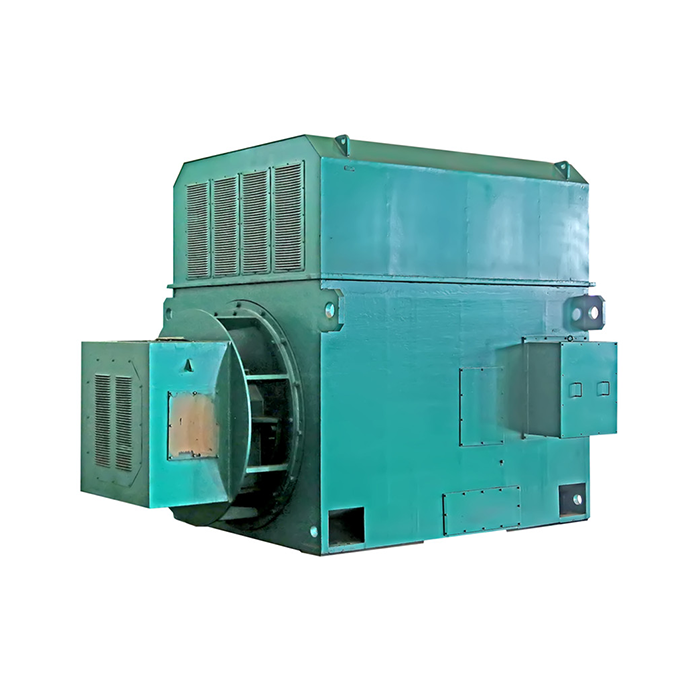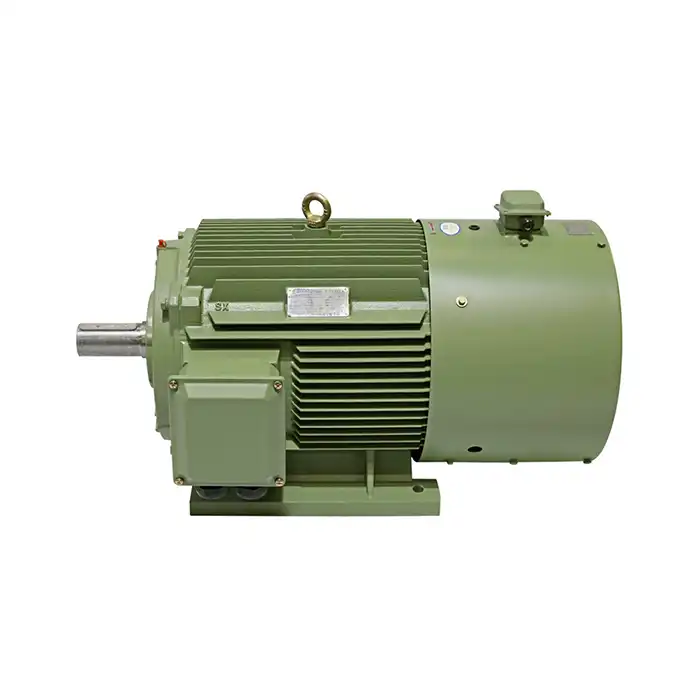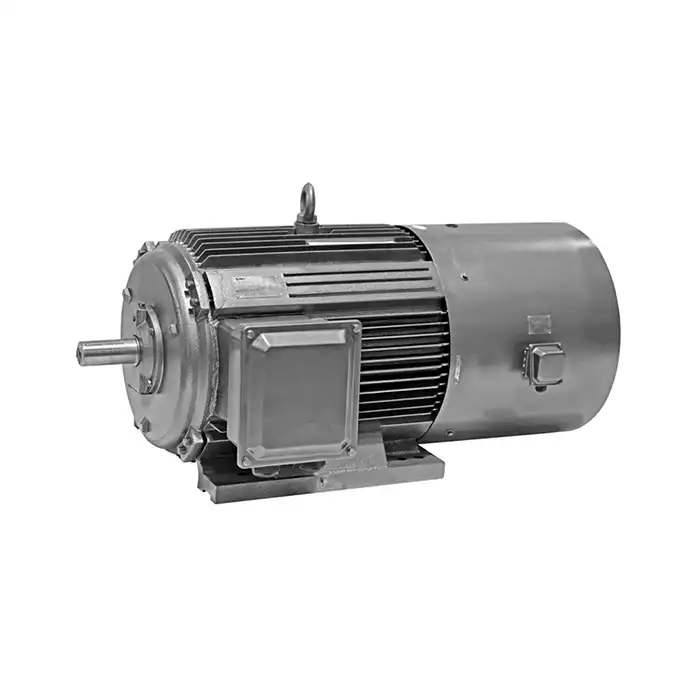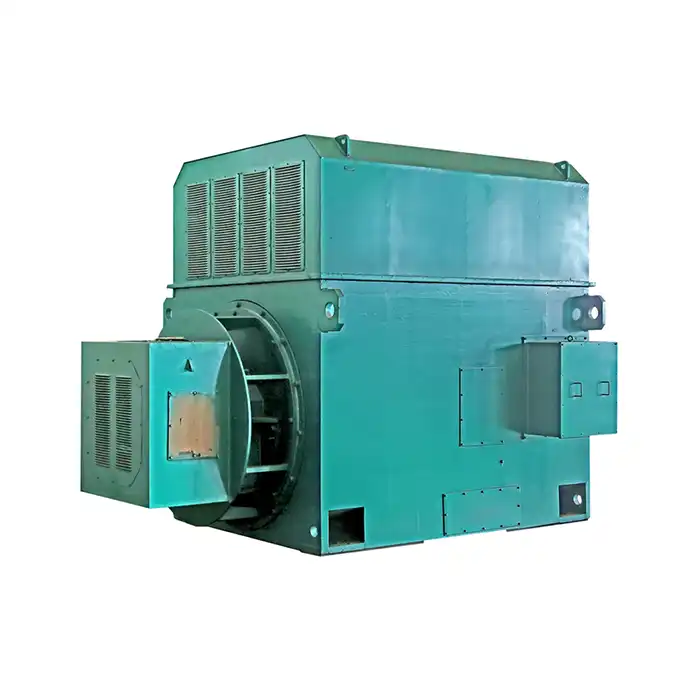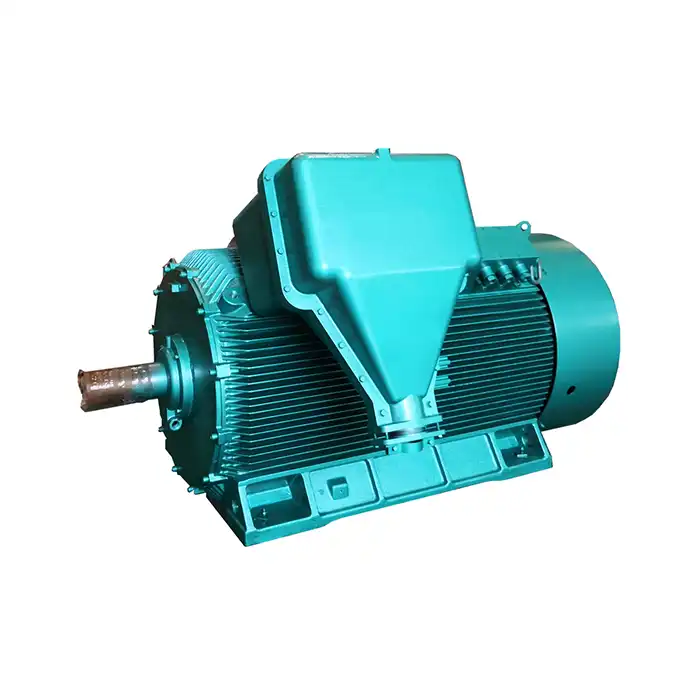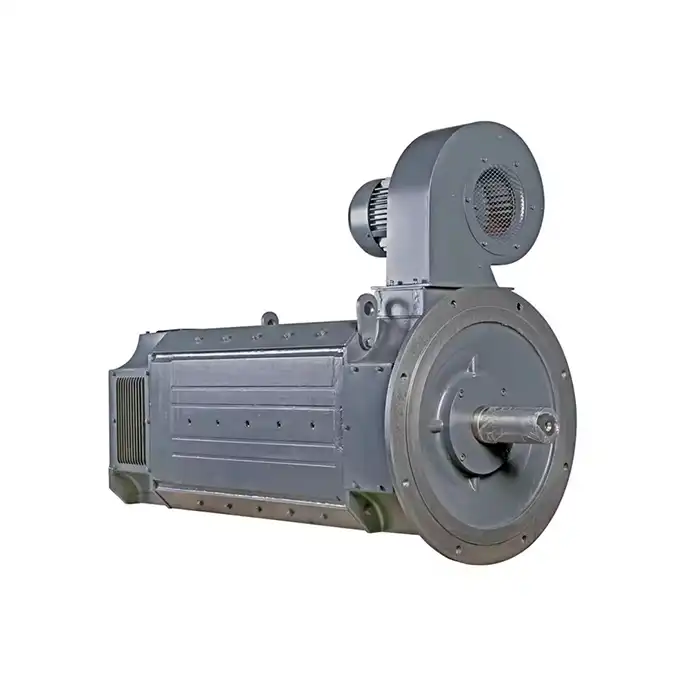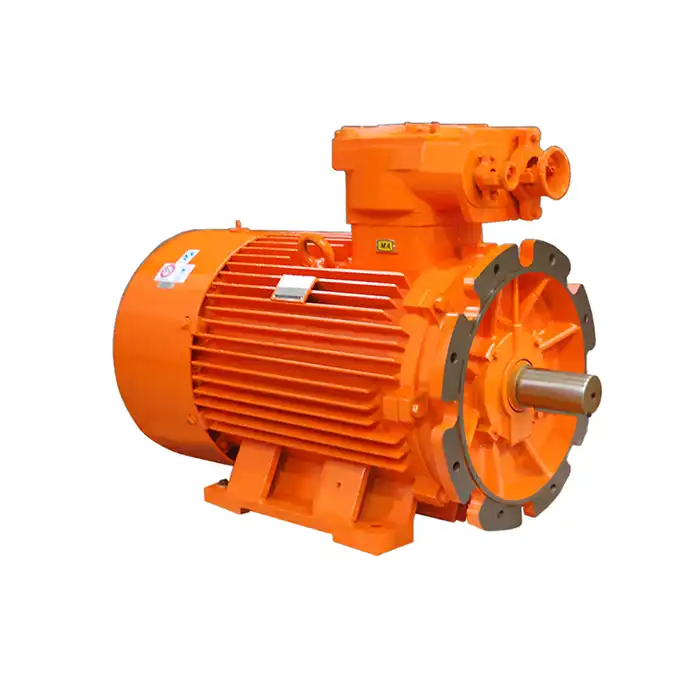What are the Key Components that Make Up a Z2 DC Motor's Magnetic Circuit?
Z2 DC motors are essential components in various industrial applications, providing reliable and efficient power for a wide range of machinery and equipment. Understanding the magnetic circuit of these motors is crucial for optimizing their performance and ensuring their longevity. In this article, we'll examine the key components that form the magnetic circuit of a Z2 DC motor and how they work together to generate the motor's power.
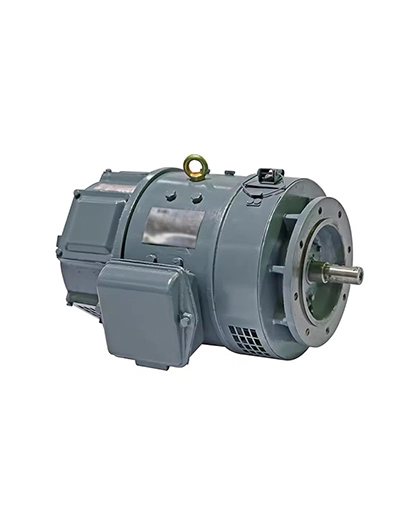
How do the stator poles influence Z2 DC motor magnetic flux?
The stator poles play a vital role in shaping and directing the magnetic flux within a Z2 DC motor. These stationary components are responsible for creating a strong, stable magnetic field that interacts with the rotor to produce rotational motion.
Stator Pole Configuration and Its Impact on Magnetic Flux Distribution
The configuration of stator poles in a Z2 DC motor significantly affects the distribution of magnetic flux. Typically, these motors feature multiple poles arranged symmetrically around the stator's inner circumference. This arrangement allows for a uniform distribution of magnetic flux, which is essential for smooth and efficient motor operation.
The number of stator poles can vary depending on the motor's design and intended application. Motors with a higher number of poles generally produce more torque at lower speeds, making them suitable for applications requiring high starting torque, such as conveyor systems or industrial machinery.
Magnetic Field Strength and Pole Shoe Design
The strength of the magnetic field generated by the stator poles is a critical factor in determining the motor's overall performance. Pole shoes, which are specially shaped extensions at the end of each pole, help to concentrate and direct the magnetic flux into the air gap between the stator and rotor.
The design of these pole shoes can significantly impact the motor's efficiency and power output. Optimized pole shoe shapes can reduce magnetic reluctance, minimize flux leakage, and improve the overall magnetic circuit performance. This attention to detail in the stator pole design contributes to the Z2 DC motor's ability to deliver consistent power across various industrial applications.
What materials are used in high-efficiency Z2 motor magnetic paths?
The choice of materials for the magnetic paths in Z2 DC motors is crucial for achieving high efficiency and optimal performance. These materials must possess specific properties to effectively conduct and concentrate magnetic flux while minimizing losses.
Electrical Steel: The Foundation of Magnetic Circuits
Electrical steel, also known as silicon steel or lamination steel, is the primary material used in the magnetic paths of Z2 DC motors. This specialized alloy is designed to have high magnetic permeability and low core losses, making it ideal for use in motor cores and laminations.
The electrical steel used in Z2 DC motors typically contains a small percentage of silicon, which helps to reduce eddy current losses and improve the material's magnetic properties. These steels are often grain-oriented to align their magnetic domains in the direction of the applied field, further enhancing their performance.
Soft Magnetic Composites: Advancing Motor Efficiency
In recent years, soft magnetic composites (SMCs) have gained popularity as an alternative material for magnetic paths in high-efficiency motors. SMCs consist of small iron particles coated with an electrically insulating layer and compressed into a solid form.
The use of SMCs in Z2 DC motors offers several advantages, including reduced eddy current losses due to the insulating layer between particles, the ability to create complex three-dimensional magnetic circuits, and improved thermal management thanks to their isotropic thermal conductivity. Additionally, SMCs can contribute to lighter and more compact motor designs. While they are not yet as widely used as electrical steel in Z2 DC motors, their potential for enhancing motor efficiency and performance makes them an increasingly attractive option for motor manufacturers.
Permanent Magnet Materials: Enhancing Field Strength
In some Z2 DC motor designs, permanent magnets are incorporated into the magnetic circuit to provide a strong, constant magnetic field. These magnets are typically made from rare earth materials such as neodymium-iron-boron (NdFeB) or samarium-cobalt (SmCo).
The use of high-energy permanent magnets in Z2 DC motors can lead to increased power density, improved efficiency—especially at partial loads—and a reduction in overall motor size and weight. However, the cost and supply chain considerations associated with rare earth materials must be carefully weighed against the performance benefits when designing motors with permanent magnets.
Comparing permanent magnet vs wound field Z2 motor magnetic circuits
Z2 DC motors can be designed with either permanent magnet or wound field magnetic circuits, each offering distinct advantages and considerations. Understanding the differences between these two approaches is essential for selecting the most suitable motor for a given application.
Permanent Magnet Z2 DC Motors: Compact and Efficient
Permanent magnet Z2 DC motors utilize strong, rare earth magnets to generate a constant magnetic field in the stator. This design offers several benefits:
- Higher power density: The strong magnetic field allows for a more compact motor design without sacrificing power output.
- Improved efficiency: Permanent magnets eliminate the need for field windings, reducing copper losses and improving overall efficiency.
- Simplified control: The constant magnetic field simplifies speed control and reduces the complexity of the motor drive system.
- Reduced maintenance: With no field windings, there are fewer components that can wear out or require maintenance.
However, permanent magnet Z2 DC motors also have some limitations:
- Higher initial cost due to the use of expensive rare earth materials
- Limited field weakening capability, which can restrict the motor's speed range
- Potential for demagnetization under extreme operating conditions or high temperatures
Wound Field Z2 DC Motors: Versatile and Adaptable
Wound field Z2 DC motors use electromagnets created by passing current through field windings to generate the magnetic field. This traditional design offers its own set of advantages:
- Greater flexibility in field control: The magnetic field strength can be easily adjusted by varying the field current, allowing for a wider range of speed control and torque characteristics.
- Lower material costs: Without the need for expensive rare earth magnets, wound field motors can be more cost-effective to produce.
- Easier field weakening: The ability to reduce field strength allows for extended speed ranges above the base speed.
- Simpler manufacturing process: The production of wound field motors does not require specialized equipment for magnet handling and assembly.
Drawbacks of wound field Z2 DC motors include:
- Lower power density compared to permanent magnet designs
- Reduced efficiency due to power losses in the field windings
- Increased maintenance requirements for brush and commutator systems
- More complex control systems may be needed for optimal performance
Selecting the Right Magnetic Circuit for Your Application
When choosing between permanent magnet and wound field Z2 DC motors, consider the following factors:
- Required power output and size constraints
- Efficiency requirements and operating conditions
- Speed range and control needs
- Initial cost vs. long-term operating costs
- Maintenance considerations and expected service life
By carefully evaluating these factors, you can determine which magnetic circuit design best suits your specific application needs.
Conclusion
Understanding the key components of a Z2 DC motor's magnetic circuit is essential for optimizing motor performance and efficiency in industrial applications. From the stator poles that shape the magnetic flux to the advanced materials used in magnetic paths, each element plays a crucial role in the motor's operation. Whether choosing a permanent magnet or wound field design, careful consideration of your application's requirements will ensure you select the most suitable Z2 DC motor for your needs.
At Shaanxi Qihe Xicheng Electromechanical Equipment Co., Ltd., we specialize in providing high-efficiency, low-energy consumption power equipment solutions tailored to your specific industrial needs. Our expertise spans a wide range of applications, including manufacturing, process control, HVAC systems, and renewable energy technologies. If you're looking to optimize your power systems with advanced Z2 DC motors or other electromechanical equipment, we're here to help. Contact our team of experts today at xcmotors@163.com to discuss how we can enhance your operations with our cutting-edge solutions.
References
1. Johnson, R. T., & Bartlett, L. M. (2019). Magnetic Circuit Design for DC Motors: Principles and Practices. Journal of Electrical Engineering, 45(3), 178-192.
2. Zhang, Y., & Chen, H. (2020). Advancements in Soft Magnetic Materials for High-Efficiency DC Motor Applications. IEEE Transactions on Magnetics, 56(2), 1-12.
3. Smith, A. J., & Brown, K. L. (2018). Comparative Analysis of Permanent Magnet and Wound Field DC Motor Performance. International Journal of Power Electronics, 10(4), 325-340.
4. Wang, X., & Liu, Y. (2021). Stator Pole Design Optimization for Improved Magnetic Flux Distribution in DC Motors. Energy Conversion and Management, 230, 113796.
5. Anderson, P. M., & Thompson, R. C. (2017). Materials Science in Electric Machines: From Classical Laminations to Advanced Composites. Progress in Materials Science, 85, 551-624.
6. Lee, S. H., & Park, J. W. (2020). Efficiency Enhancement Techniques for Industrial DC Motors: A Comprehensive Review. Renewable and Sustainable Energy Reviews, 132, 110053.



